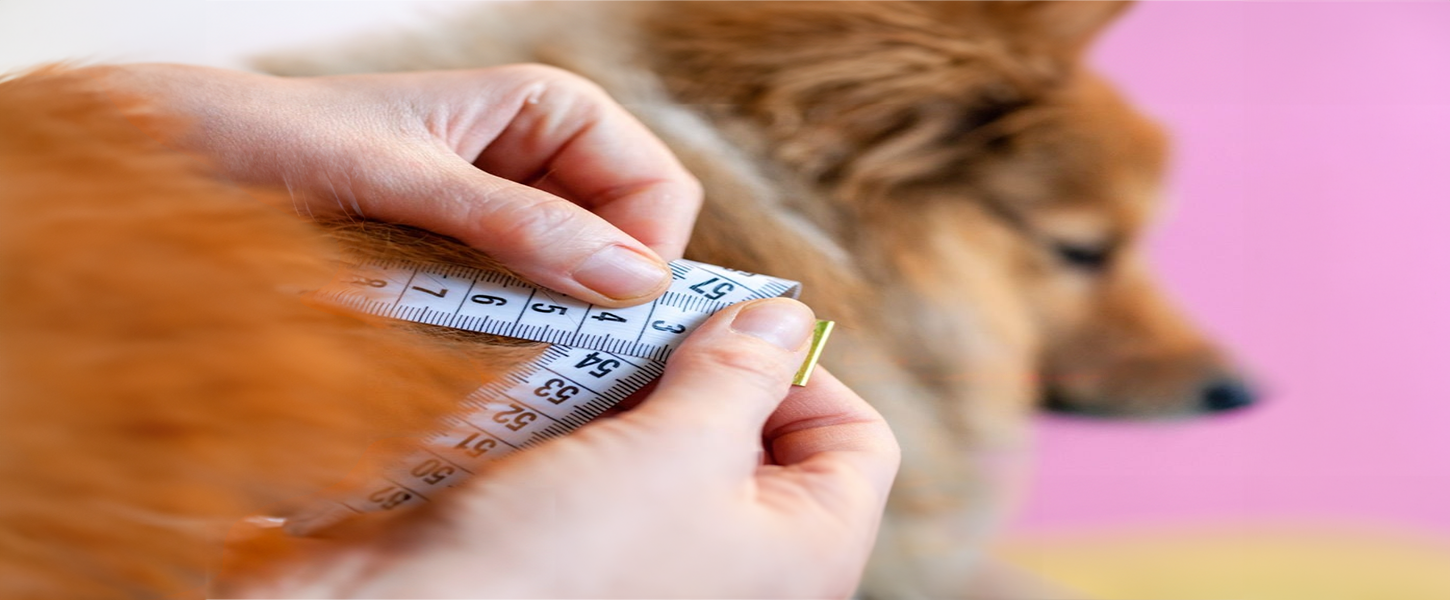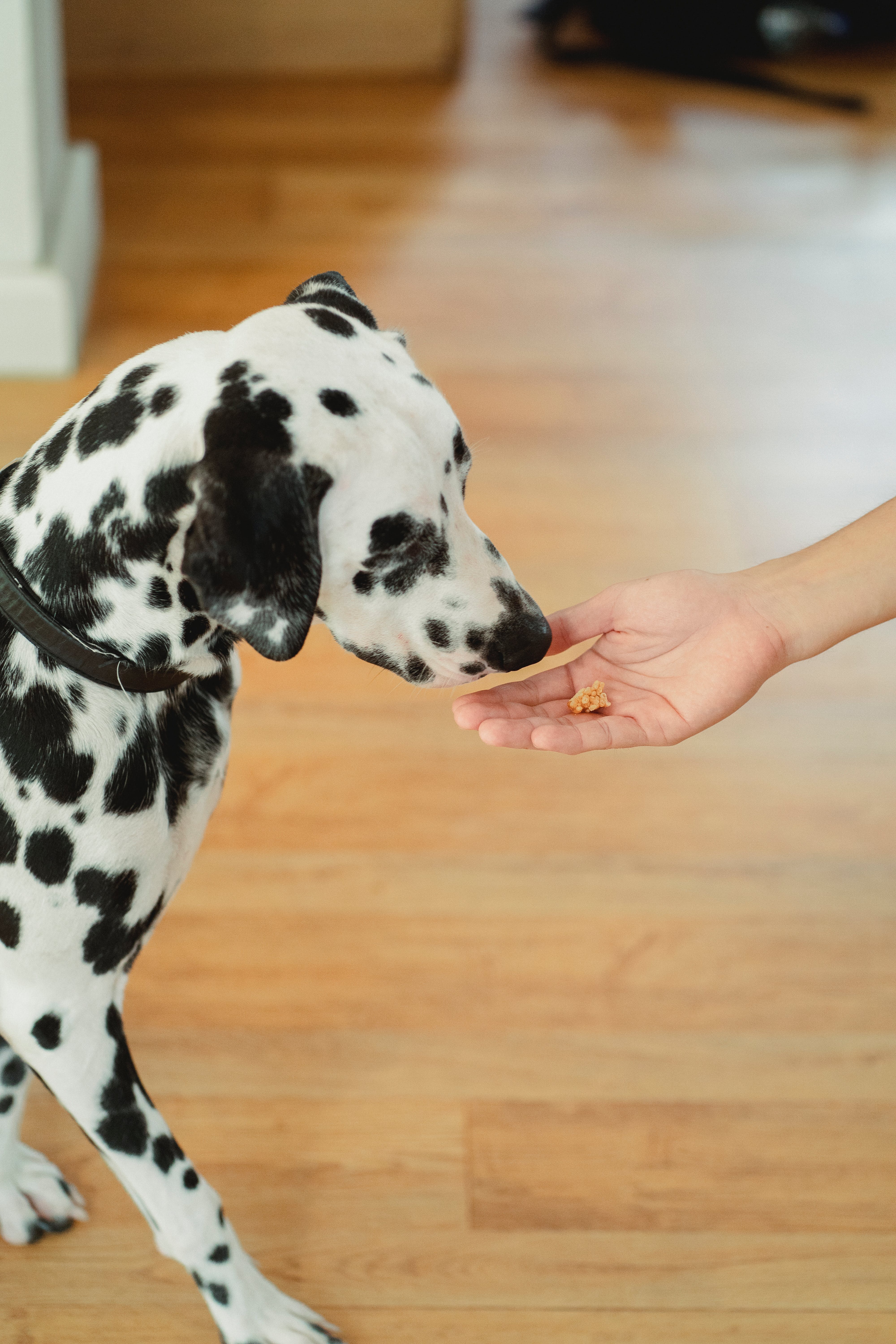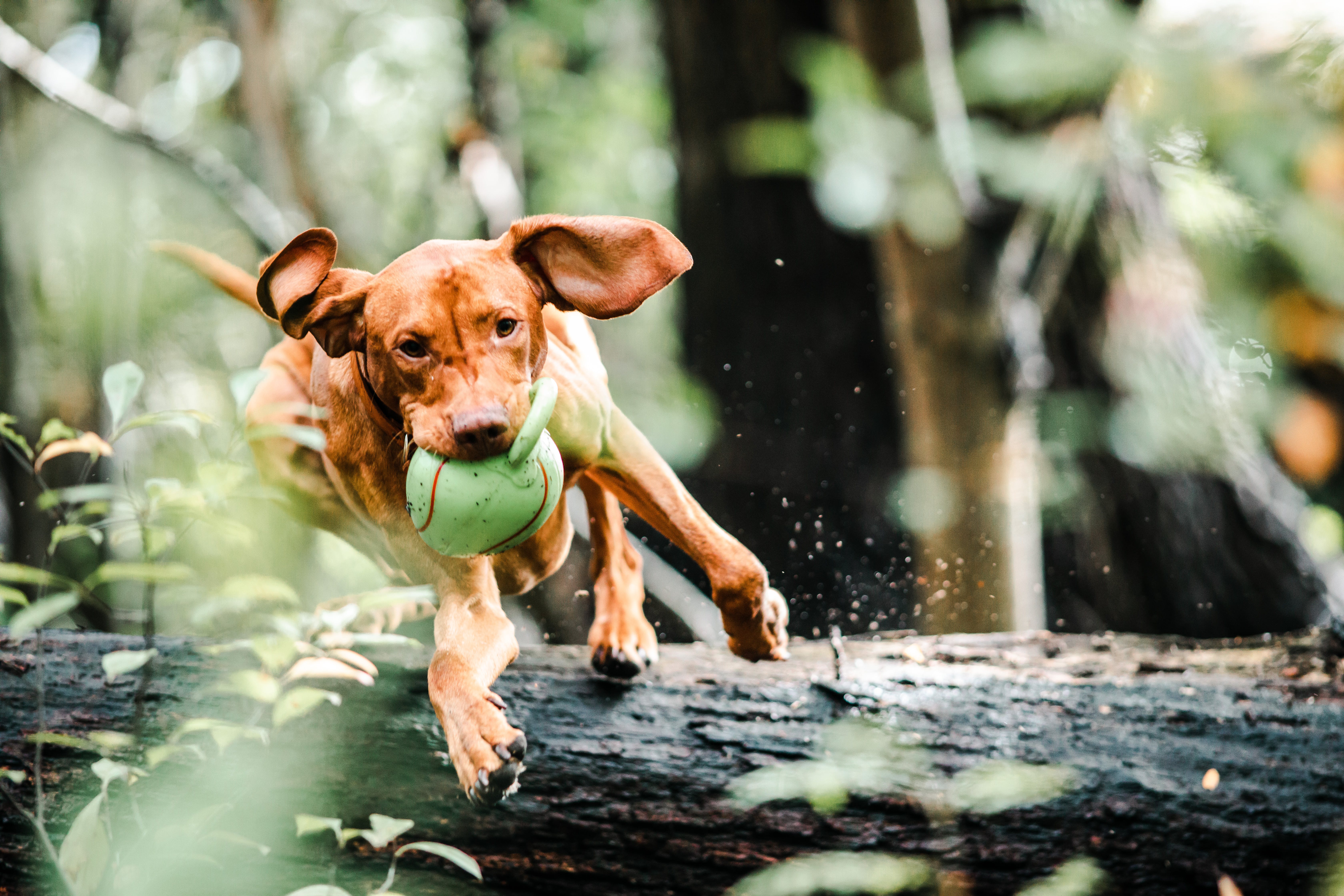The Pet Obesity Epidemic: How to Prevent and Treat Obesity in Dogs
November 10, 2023 | By David Jackson
The United Kingdom, like many other nations, is experiencing a growing issue: dog obesity. With an increase in the number of overweight and obese dogs, the health and well-being of our canine companions have never been more at risk. According to the 2022 PDSA Animal Wellbeing report, only 64% of owners actually knew how much their dog weighed and just 14% knew their dog's body condition score.[1]

Dog obesity can reduce a dog's life by up to two years with a massively increased incidence of heart disease and diabetes. Overweight dogs are also much more likely to suffer from joint problems, high blood pressure and breathing difficulties. This not only affects the pets but also has repercussions for the owners. This article aims to shed light on this rising concern, and the implications for our dogs, and provide guidance on prevention and weight reduction strategies.
The Current Scenario
According to veterinary professionals, there has been a significant uptick in the number of overweight dogs in recent years. This phenomenon can be attributed to multiple factors, including a sedentary lifestyle, overfeeding, and giving calorie-dense treats without accounting for their daily caloric intake. Obviously, nobody sets out to get their dog fat, so why are so many dogs overweight?[2]

Ironically, the biggest cause of excess weight in dogs is our own kindness. We all want our dogs to be happy and a big part of their happiness comes from enjoying their food. The problem is the foods they enjoy the most tend to be the worst for them. Dogs, like humans, find fats and sugars absolutely irresistible. All of the most popular dog foods, treats, table-scraps and tidbits all around the world are high in fat and/or sugar. Over time, the excess fats and sugars are stored away in fat cells (sugar is converted to fat for storage) and as the months and years pass, the pounds start to pile up.
The Impact on Dogs
Dog obesity poses severe health risks:[3]
- Joint Problems:
- Overweight dogs are more prone to developing arthritis and other joint issues due to the additional strain on their skeletal system.
- Decreased Lifespan:
- Studies have shown that obese dogs tend to live shorter lives compared to their healthier counterparts. A study, conducted retrospectively across two decades and published in the Journal of Veterinary Internal Medicine, revealed the lifespan of dogs that were overweight was up to two and a half years shorter when compared to ideal-weight dogs.
- Breathing Difficulties:
- Excess weight can strain a dog's respiratory system, leading to laboured breathing and exacerbating conditions like tracheal collapse or laryngeal paralysis. This can cause problems especially for brachycephalic breeds, such as pugs or French bulldogs.
- Increased Risk of Disease:
- Obesity increases the likelihood of dogs developing conditions such as diabetes, heart disease, and certain types of cancers.
- Decreased Mobility and Quality of Life:
- Overweight dogs often find it challenging to move around, play, or even perform basic functions.
Implications for Owners
For pet owners, an obese dog means:
- Higher Veterinary Costs: Treating the various health issues arising from obesity can be expensive.
- Reduced Activity with Pets: Overweight dogs may be less inclined or less able to participate in activities like walking, hiking, or playing fetch.
- Emotional Toll: Watching a beloved pet suffer due to health issues can be emotionally distressing for owners.
Is my dog overweight?
As a rough guide, take a look at the below scale to see if your dog might be overweight.

When you look at your dog the abdomen should be tucked up, which means the belly should go up from the bottom of the ribcage to inside the thighs. You should be able to see a noticeable waist behind the ribs. The body should taper inwards after the ribcage before flaring out slightly at the hips.
With gentle fingers (without pressing too hard), you should be able to feel the dog's ribs. Other areas to check include the spine, the base of the tail, and the hip bones. You should be able to feel these bones beneath a thin layer of fat.
As well as looking at physical signs, dogs carrying excess weight might show signs of decreased stamina during walks or play. They may also experience difficulty getting up or moving around.
If you're at all unsure whether your dog is overweight or not, be sure to ask your vet.
Prevention and Weight Reduction Strategies
The good news is that with awareness and a few actionable steps, dog obesity can be prevented and managed:
- Balanced Diet:
- Although some dogs are more prone to putting on weight than others, weight gain is only possible when the number of calories going in is greater than the amount being used by the dog. Therefore, to stop weight gain, or achieve weight loss, your dog has two options: to eat fewer calories or to burn more -or ideally, both.
- Limit Treats:
- The first step is to reduce treats and tidbits and to remove high-fat treats from the diet altogether. Any dietary additions should be compensated by a similar reduction at meal times. For example, if you give your dog 30 grams of treat biscuits and a 50g chew each day, the amount fed during meal times should be reduced by roughly 80g to offset the treats.
- Smaller feeding amounts:
- Once treats have been cut back, the easiest way to ensure your dog takes in fewer calories is to simply feed less. Start off by cutting down the daily feeding amount by 10%. If you're not seeing any weight loss after 2-3 weeks, reduce the amount by a further 10% and so on until a slow weight loss is achieved. Treats should not constitute more than 10% of a dog's daily caloric intake.
- Fewer calories:
- Another way to reduce calorie intake is to change to a lower-calorie diet. Many dog foods have their calorific content printed on the packaging but if not, try looking for a food with less fat and no added sugars.Our Dog Food Directory
will be able to help. Light diets contain fewer calories to help with weight loss. Take care when choosing a light diet though as some manufacturers reduce calories by replacing the high-calorie (high-quality) meat with low-calorie (low-quality) fillers like cellulose. An alternative would be to feed a lower amount of a normal adult food and, if necessary, top up with home-cooked vegetables or well-cooked grains like brown rice or porridge oats.
- Regular Exercise:

- The second part of any weight loss programme should be exercise. Exercise burns calories and helps to keep your dog healthy. All dogs benefit from exercise, needing at least 30-60 minutes per day, with younger dogs and high-energy breeds requiring considerably more. To achieve healthy weight loss, always try to combine healthy feeding with plenty of exercise. For dogs that are unused to a lot of exercise, take care to build up their activity slowly.
-
- Education:
- Different breeds have various ideal weight ranges. Familiarise yourself with the recommended weight for your dog's breed. This will provide a reference point.
In conclusion
Dog obesity in the UK is a pressing concern, affecting both our pets and us. With vigilance, knowledge, and action, we can ensure our furry friends lead a healthy, happy, and long life. Always aim for gradual weight loss as too much too fast can lead to problems - about 1% of the dog's body weight per week is a good goal.
Once your dog is back to his ideal weight, gently increase the feeding amounts and/or re-introduce treats and table-scraps until the weight levels out. The diet may need to be continually tweaked to keep the balance but stick at it - your dog is worth it!
References Links we have used in this article:
- Information from PDSA Link
- Association between body condition and life span in dogs Link
- The current situation with pet obesity Link
|